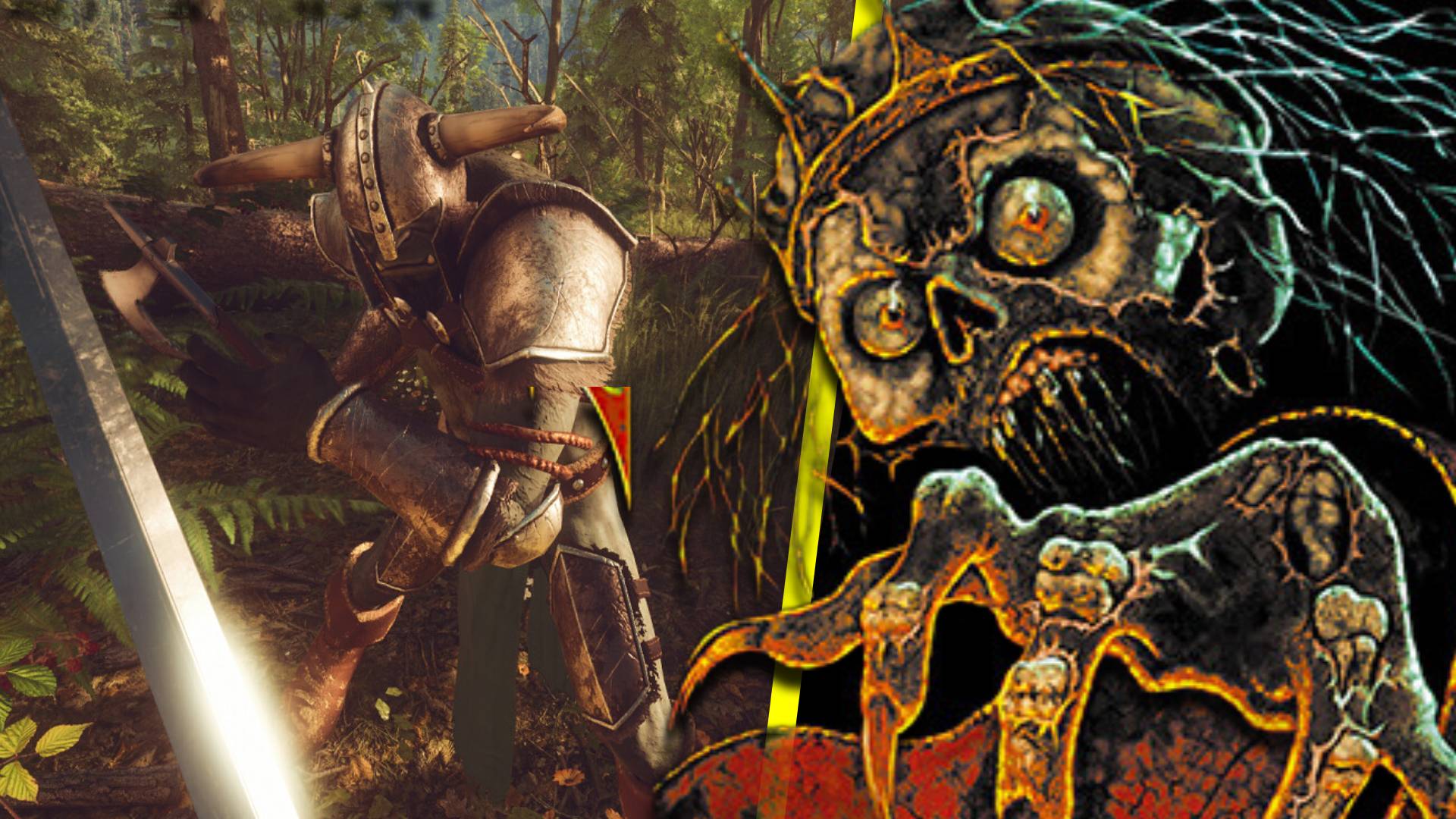With the success of massive RPGs like Baldur’s Gate 3 that actually offer player choice again, Peterson is excited to release his game to an audience that does want more again. After a rough period of RPGs where player choice and ingenuity were watered down, there’s now a hunger for more branching paths and player freedom.



Acting like it was the players fault for not wanting that, instead of the companies not wanting to spend the money on the needed complexity…
It’s companies acting like people who play games are all middle school aged boys that’s the problem.
Considering how a loud minority reacts to anything that they don’t like…
I think even when the companies have a bit of money, they tend to go overboard. I think eg. Baldur’s Gate 3 is actually so long that it’s problematic, I would have been quite happy with it at 2/3rds the length it is. Even worse would be something like Pillars of Eternity 2 - it’s great, but it goes on forever and didn’t make any money. There’s too much of it.
Give us more games like Disco Elysium. Not that long, tonnes of replayability, and more importantly, it’s different. Really different. And the “moral choices” actually mean something.
It’s not necessarily even more expensive to develop, it just impossible to do with the management techniques brought in recent years. Techniques brought in with the intention of streamlining personnel management and to make lay offs easier.
It’s added complexity, which costs effort and thus money. The lack of established teams of course does not help
But you could also make the same argument about graphical fidelity, which has been pushed further and further for decades, greatly swelling the cost of production
Because it is an easy metric and looks good in trailers. Indie games prove again and again, that good games come from good gameplay and not from photo realistic graphics
I agree, but my point was that cost isn’t a sufficient explanation.
I think I particularly agree with @megopie@beehaw.org: one reason we see photo-realism instead of more stylised graphics is that it is more generic, and thus less dependent on a specific team.
The more artistic/creative your work, the less interchangeable your workers are.
I hadn’t even thought about preferences for photorealism being a streamlining thing, but it does fit the idea.
I think it’s also a risk aversion thing as well. Few people will complain about a game looking realistic, so it’s very low risk from the point of view of publishers/investors/marketing. Most people will prefer a unique and stylized look that meshes with the game, but investors and marketing teams can’t be sure in any given case, so it’s written off as a risk.
It’s a question of longer development time with smaller teams, or short timelines with big teams. A small team working on content in series is more cohesive, but, requires a longer timeline. A big team can do a lot in a short time by making content in parallel, but this necessitates that content be siloed to prevent needing constant revision. A few long quest lines with lots of outcomes, or a bunch independent quests with simple outcomes.
A small team working longer will cost the same as a big team working shorter (generally speaking). But the priority is short timelines, for the sake of chasing trends and packing the latest greatest tech in. This same kind of priority also leads to spectacular failures of long timeline games, like “black flag” or “duke nukem forever “. The issue there is not the long timeline, but the constant changes in priority to chase trends.